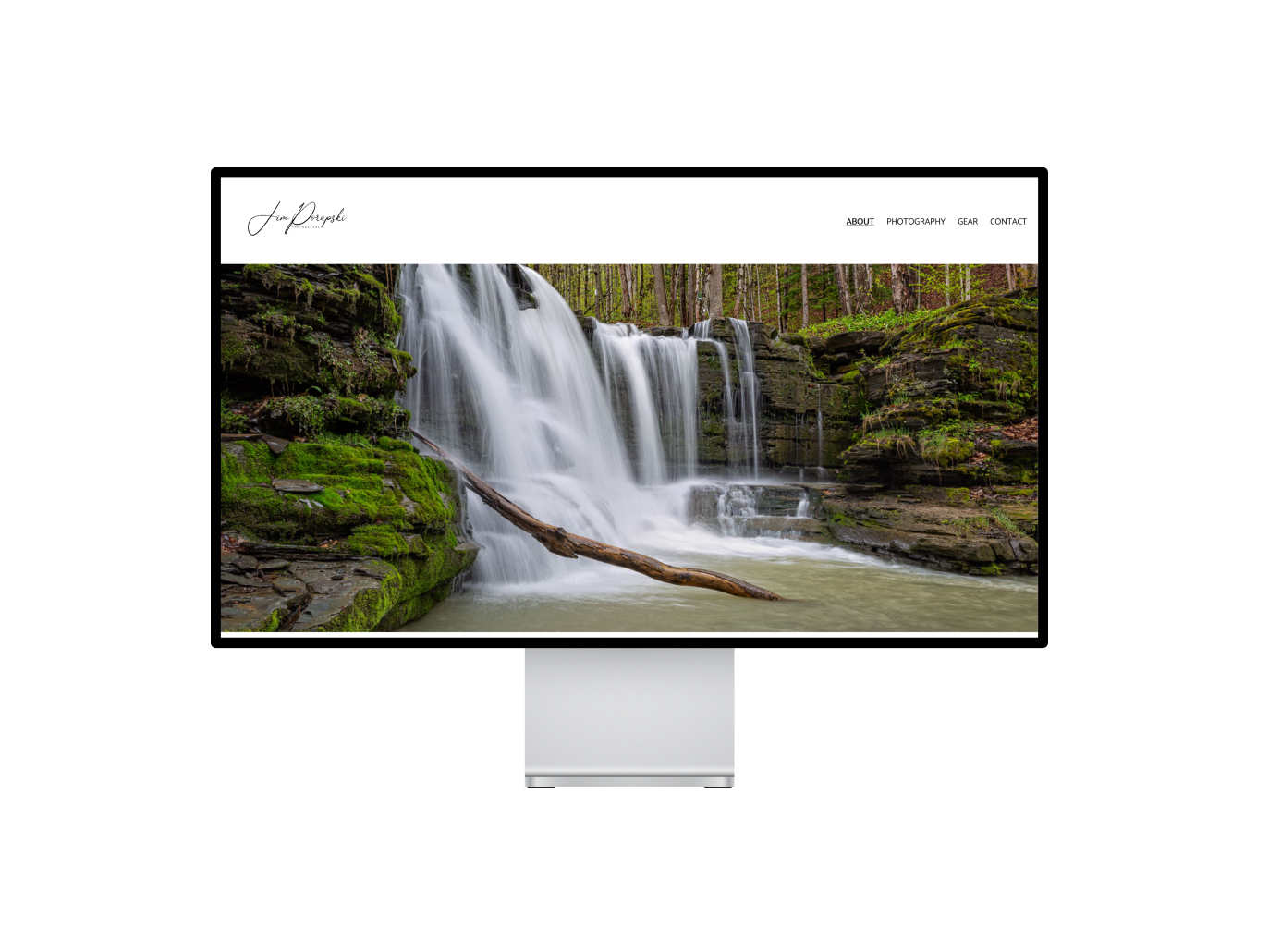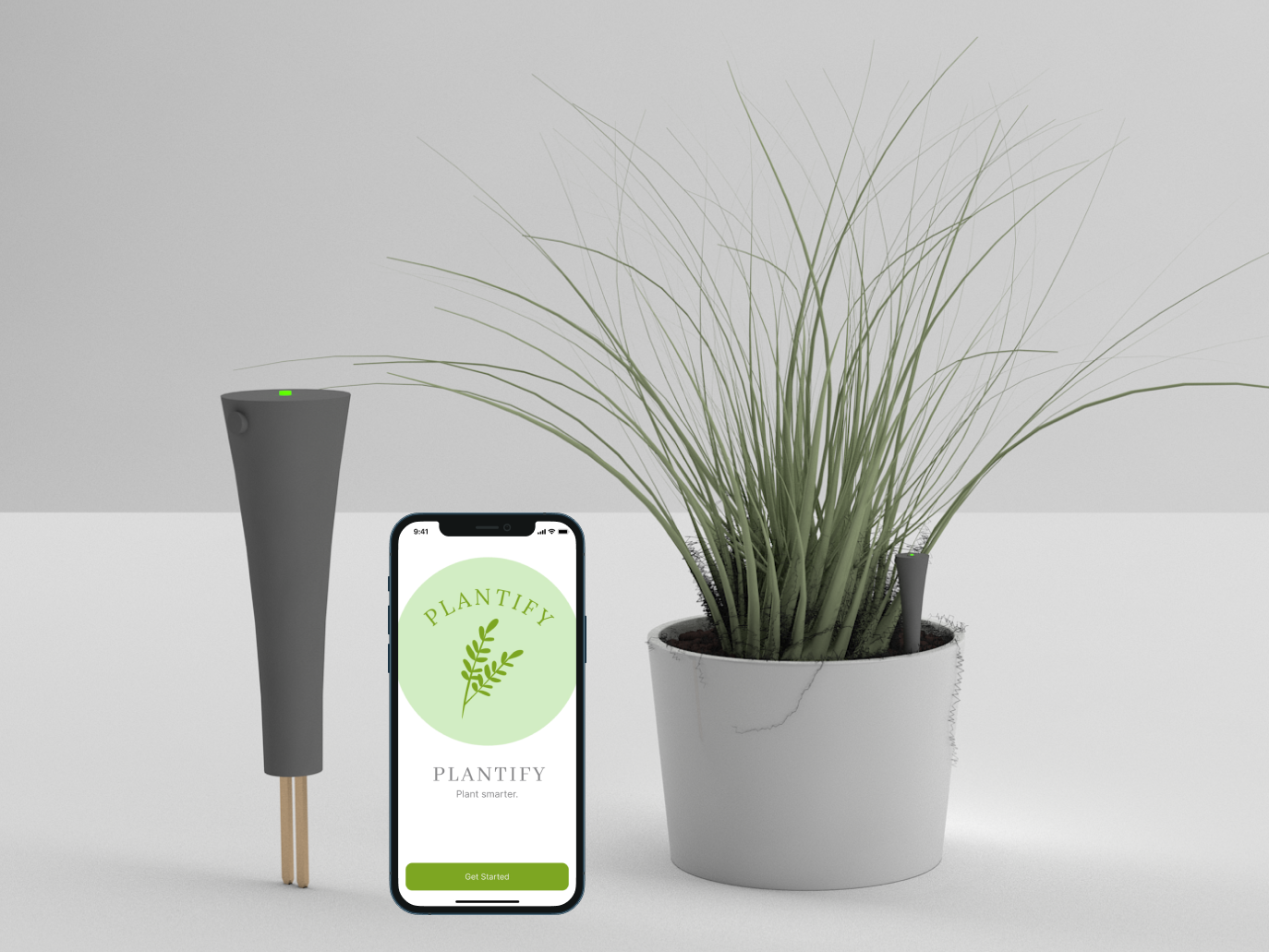YouTube Music
My UX research team was paired with YouTube Music to explore client interest areas (e.g. voice interactions, multi-modal systems, and connected devices) with different research methods.
Duration January 2021 - April 2021 (4 months)
Team Project for UMSI’s Needs Assessment and Usability Evaluation with Mustafa Naseem
Process & Tools Interaction Map, Interviews, Personas and Scenarios, Qualitative Analysis, Survey, Competitive Analysis, Usability Testing
My Role As a course project, every member of our team was responsible for each step of the process as listed above. In addition to those steps, I also led the effort of coordinating the communication between our group and the client.
My Team Kelci Henson-Forslund, Jamie Lee, and Isabel Talsama
Overview
YouTube Music’s streaming services provide music lovers with a personalized listening experience. Many people use this platform to listen to music while performing tasks and moving about their daily life. With the rise in voice assistants and connected devices, our client wanted us to explore the ability to satisfy a user’s needs on multiple devices in different modalities.
The main scope for this research was:
What are user expectations related to text- and voice-based interactions?
What are user expectations related to text- and voice-based interactions?
As a team we used the following research methods throughout the project duration:
Interaction Mapping
User Interviews
Personas
Survey
Comparative Evaluation
Usability Tests
Interaction Mapping
User Interviews
Personas
Survey
Comparative Evaluation
Usability Tests
Interaction Map evaluating Voice Search
Findings + Recommendations
Voice Experiences
Finding: Competitors like Spotify and Pandora support "wake phrases," that provide hands-free navigation of their systems (on mobile devices) these phrases are often simple as more complex commands users usually find that result in inaccurate commands. Some sample phrases:
"Hey Google, Play Drake on YouTube Music" or "Hey Siri, play Heat Waves on YouTube Music"
Finding: Users expressed a preference for using system-wide voice assistants (e.g. Siri, Alex, Google, etc.) over in-app voice features. Our research findings suggest three possible explanations for this preference: 1) some users may not be aware that YouTube Music itself supports voice commands, 2) users are more familiar with system-wide voice capabilities, and/or 3) system-wide voice assistants support entirely hands-free experiences with the app
Recommendation
Consider adding functionality that allows users a completely hands-free experience while using YouTube Music (on mobile). Specifically, the use of a “wake word” would allow users to initiate interactions hands-free. Alternatively, the client can consider increasing the app’s ability to integrate with system-wide voice capabilities // increase user awareness of this ability.
Transparency of System Capabilities and Affordances
Finding: Looking at direct competitors (Spotify and Pandora) and analogous systems (CVS Pharmacy Voice Robot and Uber VUI) provide users with voice- and text- prompts to indicate possible options for input. This may influence user expectations for system transparency when interacting with YouTube Music. Providing example commands or suggestions such as:
● "Search an artist, song, or playlist."
● "Say [input phrase 1] or press 1, say [input phrase 2] or press 2..."
● "New trip, say yes to accept."
● "Say [input phrase 1] or press 1, say [input phrase 2] or press 2..."
● "New trip, say yes to accept."
Recommendation
Provide users with voice input suggestions and/or examples of how to conduct a successful voice search, in order to increase user understanding of system capabilities (and possible user actions) and prevent search failures.
Finding: We also found that subscribing to an artist on YouTube Music’s mobile interface lacks clear affordances in our usability tests.
Recommendation
● Increase the touch target size to cover both "Subscribe" and the number of followers.
● Consider leveraging YouTube’s brand identity to help users complete similar tasks across applications, such as updating YouTube Music’s Subscribe button to match the iconic red "Subscribe."
● Consider leveraging YouTube’s brand identity to help users complete similar tasks across applications, such as updating YouTube Music’s Subscribe button to match the iconic red "Subscribe."
Music Streaming Service Preferences and Behavior
Finding: Users care about a seamless music-streaming experience across connected devices. On average, YouTube Music users are only slightly satisfied with its device integration capabilities.
Recommendation
Improve YouTube Music's ability to integrate with devices and create a seamless user experience when switching between playback devices.
Finding: Users have a high level of resistance toward using in-app voice features, preferring to provide text-based inputs or use system-wide voice assistants.
Finding: Users leverage "as-you-type," instant search options and find this feature helpful in navigation search.
Searching when hands are dirty:
"I'd probably just wash my hands." > "Hey Siri, play Phoebe Bridgers on YouTube Music."
"I'd probably just wash my hands." > "Hey Siri, play Phoebe Bridgers on YouTube Music."
Searching for long or ambiguous text inputs:
"I would probably just keep trying to spell things..." > "If it's a popular song then it'll pop up [auto-populate results]..."
"I would probably just keep trying to spell things..." > "If it's a popular song then it'll pop up [auto-populate results]..."
Recommendations
Further, improve features that support difficult text-based searches.
When the system senses that users are having difficulty searching via text-based inputs, prompt them to use the in-app voice feature.




